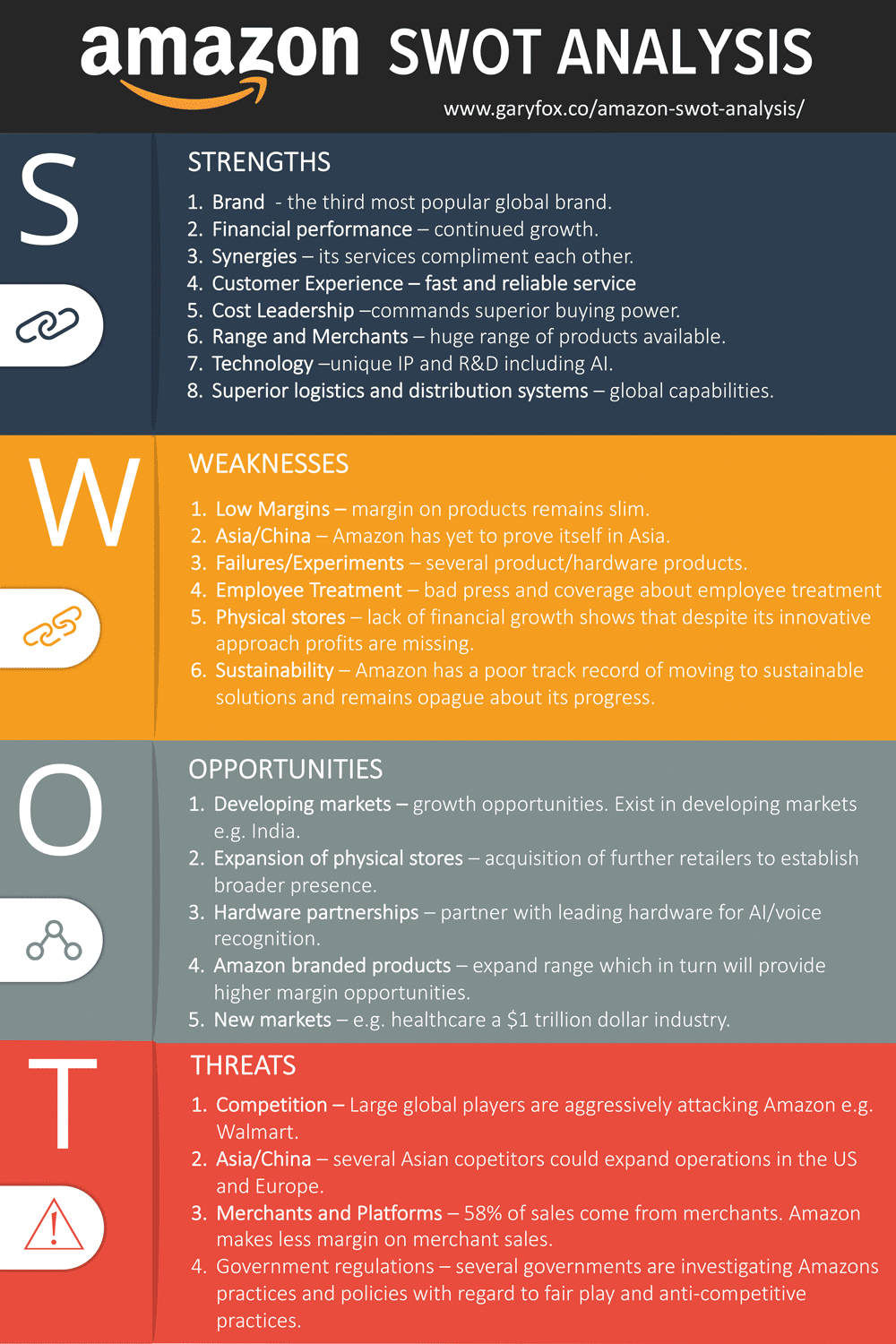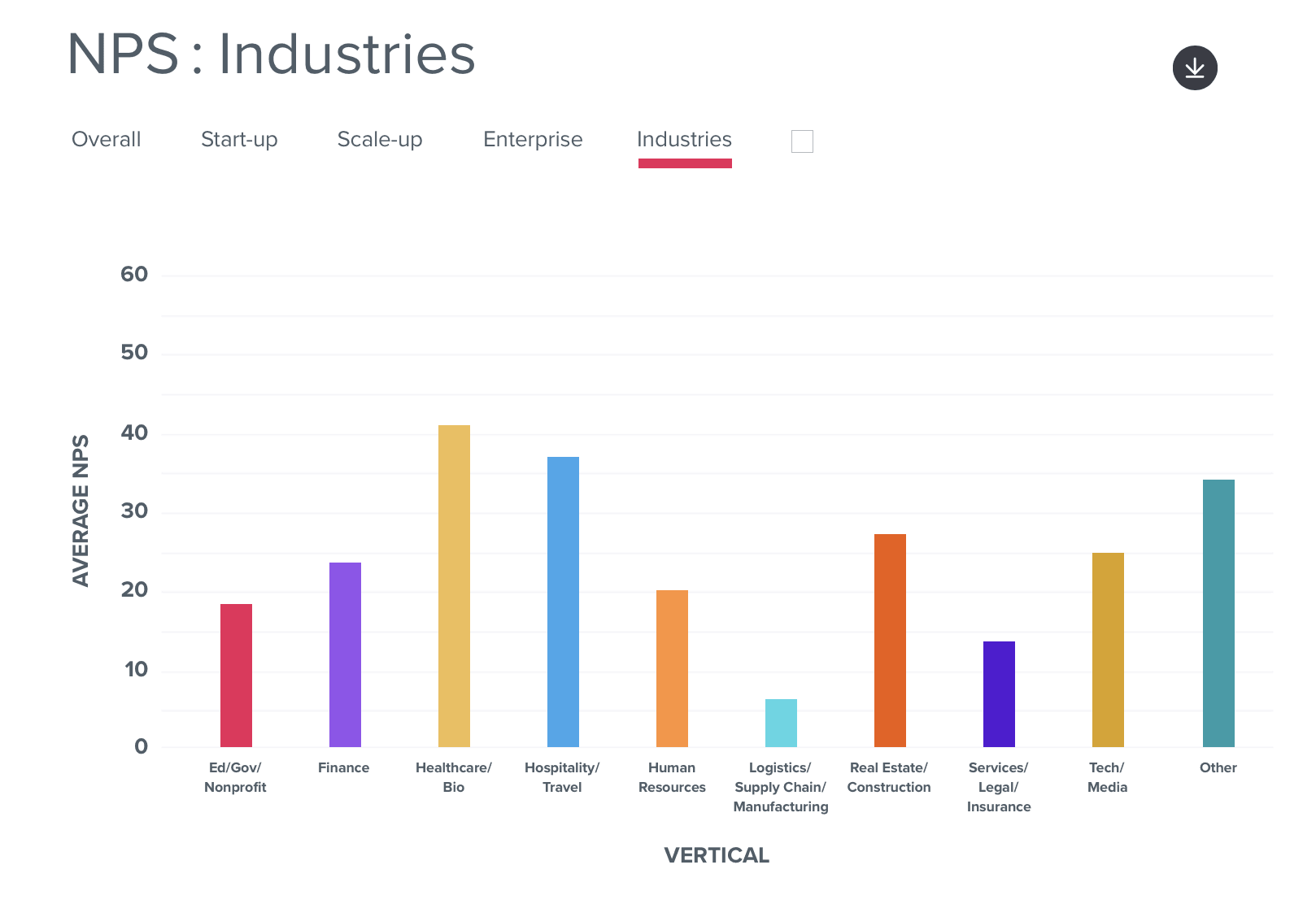The Product Strategy That Works best For You
When any successful company or proactive team detects a new approach to satisfying a customer segment they automatically start to think about and envision the best product to fit this need. When a team has an idea for a product but must first validate if there is a need they begin the process of research and definitions. These are just a couple of process examples in what we call The Product Strategy.

“Product strategy is the art of finding and exploiting leverage in the competitive landscape to achieve the purpose you’ve set out for your product” – Hadrien Raffalli, Product Lead at VMware
A brief definition of product strategy is a high-level plan that describes the users’ needs and answers how the product will fulfill and meet those, what the differentiation and value proposition of the product is and what the company plans to accomplish with it. As Roman Pilcher notes in his article “Elements of an effective Product Strategy,” it will guide you through the entire life of your product, “the strategy for a new product should first help you get to launch, then achieve product-market fit (PMF), and finally sustain the growth of your product.”
5 reasons why you need a digital product strategy, according to Miquido:
- You have a clear understanding of user needs and business opportunities
- You get high-level architecture and technology recommendations
- You have a clear project roadmap that is broken down into phases
- You reduce the risk of building the wrong product
- You make sure that your digital product aligns with your business

Every (good) product strategy should answer these main questions:
- Who is the user persona and what are his/her needs?
- What critical problems is your product solving for your users and which challenges do you want to address in the future?
- What alternatives could your users use to solve that problem?
- What are the core value propositions that define your product?
- What drives your product and makes it unique compared with direct and indirect competitors?
- Which metrics will you use to measure your success?
Some companies mistakenly think about Product Strategy in terms of a plan, one to build certain features and capabilities. But this isn’t a strategy, this is just a plan. A Product Strategy is a system of achievable goals and visions that work together to align the team around desirable outcomes for both the business and customers. It should emerge from experimentation towards a goal.
Taking this into account, there are some things to consider, some things that might happen and some things we need to accomplish when creating the Product Strategy:
1. Research: learn from your users, clients and stakeholders
When developing a product strategy, it’s important to understand the market demand and users’ needs. If you already have a product in mind, you must consider how (and if) the product will solve these needs or meet these demands. That’s why the first step for shaping a product strategy should be always to conduct market research.
Market research involves collecting, analyzing, and interpreting data. It consists of talking to and interviewing users, clients and stakeholders, conducting focus groups and administering surveys. It requires utilizing certain methodologies, such as Atomic Research. Using Atomic Research means breaking down knowledge and discovering extraordinary possibilities.

- Experiments “We did this…”
- Facts “…and we found out this…”
- Insights “…which makes us think that…”
- Conclusions “…so we’ll do that.”
In the end it means having a map that will help us figure out the product-market fit, identifying areas to focus on or determining where we can grow and what decisions are the right decisions, based on the conclusions.

2. Create and understand the User Persona
The main purpose of the user persona is to create empathy for the customer. Understanding and relating to what matters to your users is an essential part of product management. This requires ongoing research about target user segments so you can build an informed roadmap.
Personas are an effective way to capture and share this research. You can distill the most important attributes of people who use your product — their goals, challenges, likes and dislikes. This information shapes your product strategy and keeps the entire product team focused on creating an outstanding customer experience.
The key benefits of defining user personas:
- Explain the “why” behind product decisions
- Focus on the needs of the most important user groups
- Prioritize features that solve real user problems
- Implement new functionality in line with how customers will actually use it
To create a user persona:
- Understand who will use the product:
-
- Personal background: Age, education and location
- Professional background: Job title, income level, skills, responsibilities and experience
- Psychographic information: Goals, challenges, likes and dislikes
- Group your typical users
- Build out a user persona template
- Share the user persona with your team

3. Product Performance Benchmarking & Competitive Analysis
We have been talking about problems to solve and who our product will be helping. But what about who our product will be competing with? It’s time to identify direct and indirect competitors, strengths, weaknesses, opportunities, threats and market trends. Understanding how our competitors’ products are performing will give us a better sense of the competitive landscape.
At this stage we employ a classic competitive analysis like the SWOT and the Five Porter’s Forces.
As defined in Wikipedia: SWOT analysis (or SWOT matrix) is a strategic planning technique used to help a person or organization identify strengths, weaknesses, opportunities, and threats related to business competition or project planning.

Another interesting resource to understand the competitive landscape is Porter’s Five Forces framework. Through the forces a company can better understand the factors that can affect its ability to serve its customers and make a profit.

These frameworks are well known, widely utilized and are considered the starting point of any competitive analysis. But something less common is the development of product performance benchmarking, understanding how other products in your industry and size are performing, and comparing how well (or how poorly) your product is performing or should perform in particular KPIs relative to similar products.
What the team working on the strategy should do is:
- define the main product OKRs to benchmark
- identify similar vertical and company size rates for these OKRs
- identify opportunities and set goals

 Data from Pendo.io
Data from Pendo.io
4. Product Value Proposition & Vision
By now you know who your user is, what his/her needs are, and with who you are competing. And before working on the product strategy you need to define the product vision and the product value proposition.
The product vision brings the future into everyday work. It connects to the company’s mission, is customer driven, and helps build a product strategy that envisions where you want your product to be in the future. The product vision will help your teams see the big picture and help them agree when they disagree. A product vision needs to be inspiring!
To describe the product vision, we will take what we have gathered thus far and try to synthesize all of it into a sentence or two that describes the product’s value.
The [target buyer/user] who [has this problem] will use [name of your product] to achieve [the key benefit or value you will provide] because [explanation of why other offerings fail] and will feel [the following emotion].
Here are the 10 principles of product vision described in Marty Cagan’s book “Inspired”:
- Start with why.
- Fall in love with the problem, not the solution.
- Don’t be afraid to think big with vision.
- Don’t be afraid to disrupt yourselves because if you don’t, someone else will.
- The product vision needs to inspire (you can make any vision meaningful if you focus on how you genuinely help your users and customers).
- Determine and embrace relevant and meaningful trends.
- Skate to where the puck is heading, not to where it was.
- Be stubborn on vision but flexible on the details.
- Realize that any product vision is a leap of faith.
- Evangelize continuously and relentlessly.
You will always have one Product Vision, but can have as many value propositions as user personas, because the product is not always solving the same problems for all users.
Taking that into consideration, a product value proposition is a statement. It should include what your product does and what it will provide users with while taking into account their problems, wants and needs. It should describe what users will get out of the product as it’s the primary reason a prospect should buy the product. As a statement it will be the north star for marketing campaigns and will be the product’s elevator pitch, not just describing the product but selling it.

In summary, a value proposition is a clear statement that should:
- Explain how your product solves users’ problems or improves their situation
- Delivers a specific set of benefits
- Tells your ideal user why they should buy your product instead of the competition’s
Your proposition should be relevant to your audience, offer quantifiable value, and should have a differentiator that makes it stand out.
Some examples:



With so much content being published every day, products only have a few seconds to attract and engage prospective users. That’s why product value statements are an effective way to frame your product in consumers’ minds.
Some tips for the value proposition:
- Write in the voice of the product’s users
- Start narrow and then go wide
- A/B test different statements to understand which one converts
- Add it to your website
5. Product Strategy Canvas

As we mentioned, you need a few core things for the Product Strategy to be successful. This framework can be very helpful at this stage:
In the framework you’ll have to fill the following concepts:
Product Vision: As we mentioned the vision is a high level, ultimately it’s a view of where the product is going. Think long term and keep it qualitative.
Challenge: The challenge is the first Business goal you have to achieve on the way to your longer term product vision. It’s communicated as a strategic objective that helps align and focus the team around a certain aspect of product development. This can be qualitative or quantitative. Try to keep it in broad, high level terms.
Target Condition: The target condition helps break down the Challenge. Challenges are made up of smaller problems you’ll confront along the way. These are set in terms of achievable, measurable metrics. When we set a target condition, the team shouldn’t know exactly how to reach it tomorrow. However, they should have a good idea where to start.
Current State: This is what the current reality is compared with the Target Condition. It should be measured and quantified before the work starts to achieve the first target condition.
Finally you should have an image and clear idea of the product strategy, your main challenge and what to do to accomplish it.
6. Product OKRs
The goal now is tracking and measurement, ensuring that every team member is on task, contributing to fulfilling the product vision. For this, we rely on OKR’s (Objectives and Key Results) to inform our direction and inspire our focus. This well-known goal setting strategy and task management methodology is critical after the product strategy is defined.
OKRs help set the product roadmap. Details are unique to each team and to each stage of the product life cycle, while features are aligned with specific objectives. OKRs elevate and align teams, streamlining the output, synchronizing everyone to move in the same direction, elevating focus, improving transparency and zeroing in on the task at hand.
Essentially, OKRs seek to answer the questions where and how:
- Where are we going?
- How will we know when we’ve arrived?
The outcome metric serves as your primary objective. It’s a qualitative and declarative statement articulating a high-level goal that your product seeks to achieve. These are usually general goal statements that connect with an organization’s larger mission and longer timeline. The Key Results are often quantitative and specific. They are calls to action that clearly state what success will look like and what the numbers need to be to meet or exceed the goal. They are a numeric metric for performance enhancement and growth but can also represent milestones.
OKR’s should be ambitious and should inspire teams to improve performance using agile, focused goals that are both attainable and engaging, creating consistent and sustainable paths for enhancement. The idea is to set and track them often, always re-evaluating if they are still relevant and striving to keep them creative and compelling.
The next step is to prioritize prospective features based on OKRs, mapping them with a unifying plan as your framework and a roadmap as your guide. Each critical piece of this puzzle works to provide the team with a clear direction as far as where you’re going and how you plan to achieve your goals.
7. Roadmap
The product roadmap provides a visual manifestation of your product strategy, spotlighting what you plan to do, why you plan to do it and the timeframes involved. Unlike your mission and strategy, which maintain a healthy amount of flex but otherwise remain stationary for a period of time, your roadmap is a dynamic, elastic tool responding to the changes and fluctuations typical to any product team. A roadmap spotlights the specific problems you’re looking to solve, but it does so in a flexible way that seeks to validate assumptions, encourage conversations and align the team without getting bogged down in the tactical details.
A good product roadmap:
- Focuses on connecting the why (outcomes) to the what (outputs)
- Communicates top-level progress, keeping a birds-eye view of all moving parts
- Reflects change quickly and is plugged into your overall product process, providing context to decisions taken
- Gives stakeholders insight into the process and an opportunity to contribute to product prioritization
- Functions as a robust communication tool, designed to engage teams to collaborate and reach cross-functional consensus.
What to expect in the end
Tying your strategy to OKRs and a roadmap helps the team explore ideas creatively, effectively identify which ideas are worth pursuing and which are not, and grasp how everything aligns with the bigger picture.
A robust product strategy that connects the dots between planning, OKRs and the roadmap provides the ideal environment for the product team to thrive.

